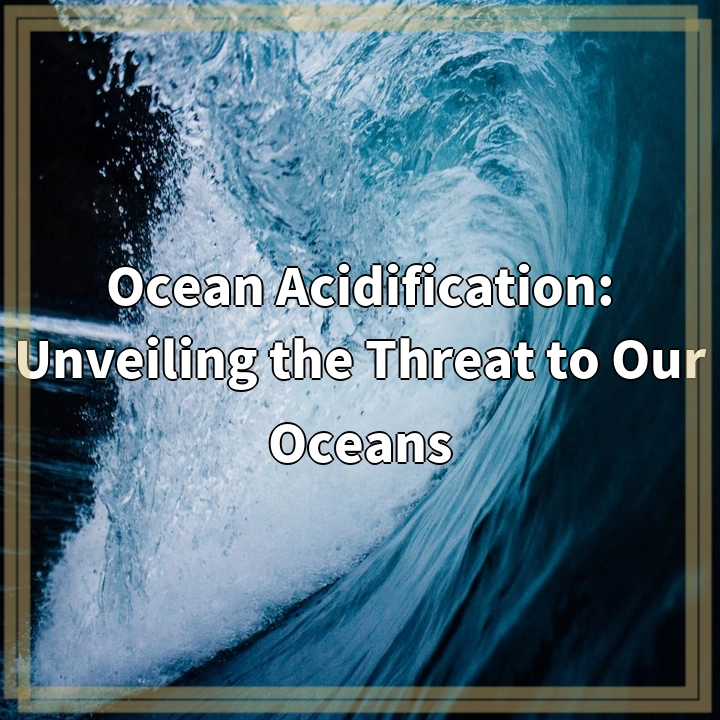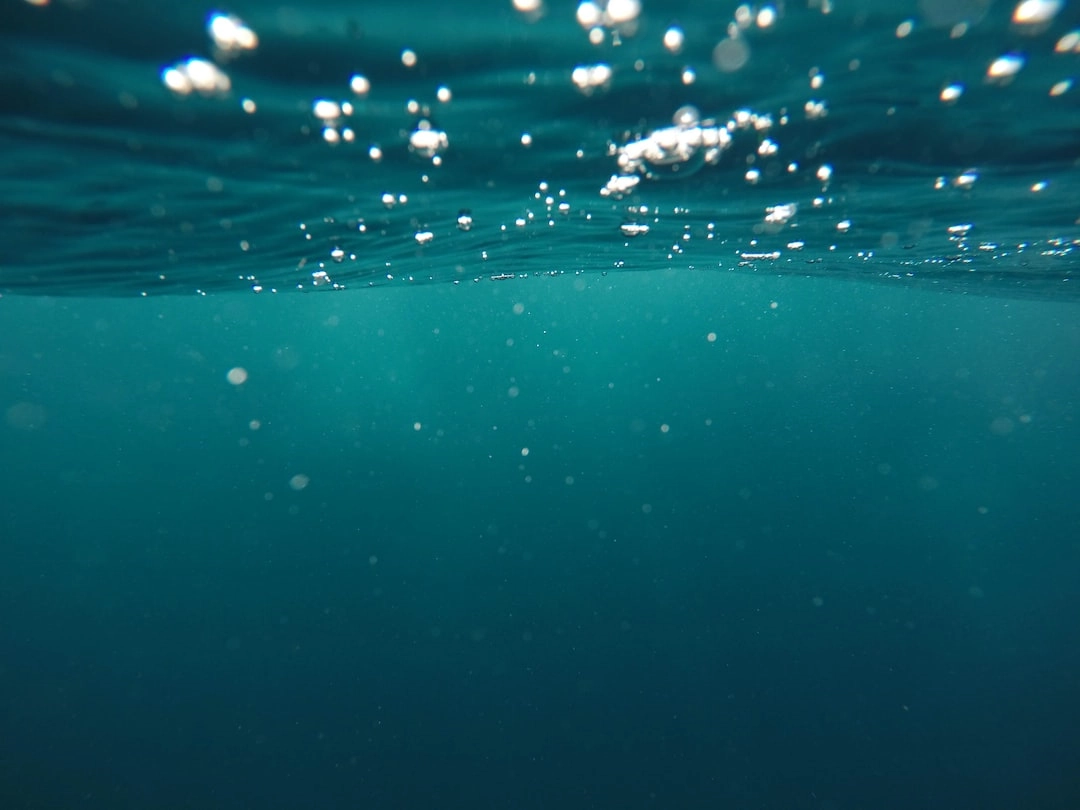
What is Ocean Acidification?
Ocean acidification is a process occurring when carbon dioxide (CO2) is absorbed by seawater, leading to a decrease in the ocean’s pH level. This increase in acidity is primarily driven by human activities, especially the burning of fossil fuels and deforestation. As more CO2 is released into the atmosphere, a significant portion of it is eventually absorbed by the oceans, where it reacts with water and forms carbonic acid. This acidification process has numerous consequences for marine organisms and ecosystems.
The Real-World Problems Associated with Ocean Acidification
1. Threat to Marine Life: Ocean acidification has a profound impact on various marine organisms, particularly those with calcium carbonate-based shells and skeletons. Higher acidity levels make it difficult for these creatures, such as corals, shellfish, and some plankton species, to build and maintain their protective structures. This ultimately disrupts the food chain, affecting all marine life dependent on these species for survival.
2. Coral Reef Decline: Coral reefs are highly vulnerable to ocean acidification. As acidity levels rise, reefs become more susceptible to disturbances like bleaching and disease. The bleaching process occurs when corals expel the symbiotic algae living in their tissues, thereby losing their color and source of nutrition. If reefs are unable to recover from these events, it will have far-reaching consequences on the biodiversity and productivity of these valuable ecosystems.
3. Impact on Fisheries and Food Security: Ocean acidification can have severe implications for global fisheries and food security. Many commercially important fish species rely on coral reefs and other affected ecosystems during their life cycles. Disruptions caused by ocean acidification can reduce fish populations, affecting both the livelihoods of coastal communities that depend on fisheries and the global food supply.
4. Economic Losses: The economic consequences of ocean acidification are significant. Key industries such as tourism, coastal development, and aquaculture depend on healthy marine environments. The decline of coral reefs and marine ecosystems due to acidification can result in substantial financial losses and job reductions, particularly in regions heavily reliant on these sectors.
5. Ecosystem Imbalance: As ocean acidification alters the composition and structure of marine communities, it can disrupt the delicate balance of entire ecosystems. Species dependent on calcium carbonate structures provide habitats and nurseries for other organisms. Their loss can lead to cascading effects, affecting predator-prey dynamics and overall ecosystem productivity.
Ocean acidification is a critical issue that demands immediate action. Understanding the real-world problems associated with acidification is essential in guiding mitigation and adaptation strategies to protect our oceans and the diverse life they support.

Potential Solutions to Ocean Acidification
Addressing the challenges posed by ocean acidification requires a comprehensive approach that tackles the root causes and mitigates its effects on marine ecosystems. Here are some potential solutions:
1. Reduce Carbon Emissions
One of the most effective ways to combat ocean acidification is to reduce carbon emissions at their source. By transitioning to cleaner and renewable energy sources, such as solar and wind power, and implementing more sustainable practices in various industries, we can reduce the amount of CO2 released into the atmosphere and slow down acidification.
2. Protect and Restore Coastal Habitats
Preserving and restoring coastal habitats, such as mangroves, seagrasses, and salt marshes, can help combat ocean acidification. These habitats have the ability to absorb and store carbon dioxide, acting as natural carbon sinks. By protecting these ecosystems, we can limit the amount of CO2 entering the atmosphere and, consequently, reduce its impact on the oceans.
3. Increase Research and Monitoring
Further research and monitoring are crucial for a better understanding of ocean acidification and its effects on marine ecosystems. By investing in scientific studies, we can assess the specific vulnerabilities of different species and ecosystems, identify areas most at risk, and develop targeted mitigation strategies.
4. Sustainable Fisheries and Aquaculture
Implementing sustainable fishing practices and promoting responsible aquaculture can contribute to the resilience of marine ecosystems and reduce stress on affected species. By avoiding overfishing, protecting key habitats, and ensuring responsible fish farming practices, we can help maintain healthy populations and minimize the indirect impacts of acidification.
5. Public Education and Awareness
Raising public awareness about ocean acidification and its consequences is essential for fostering behavioral and policy changes. By educating communities, policymakers, and industry stakeholders about the importance of ocean health, we can encourage support for conservation efforts and prompt action to reduce carbon emissions and protect vulnerable ecosystems.















